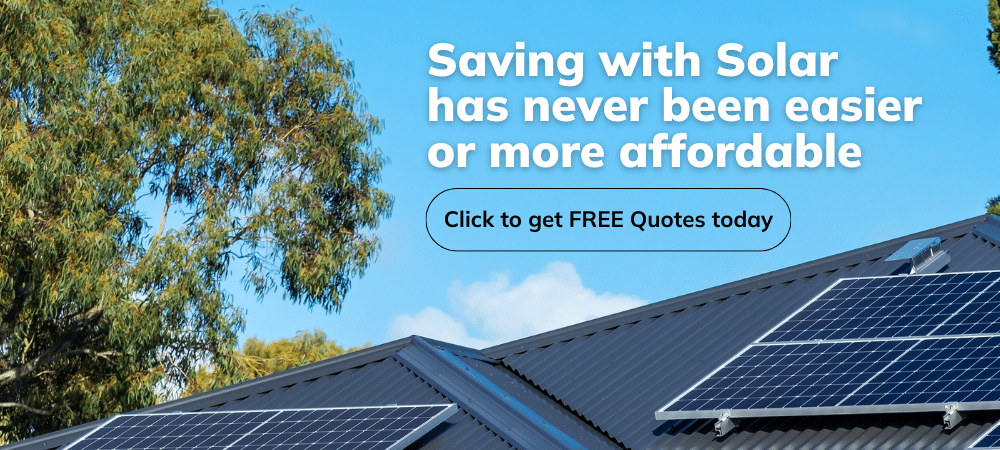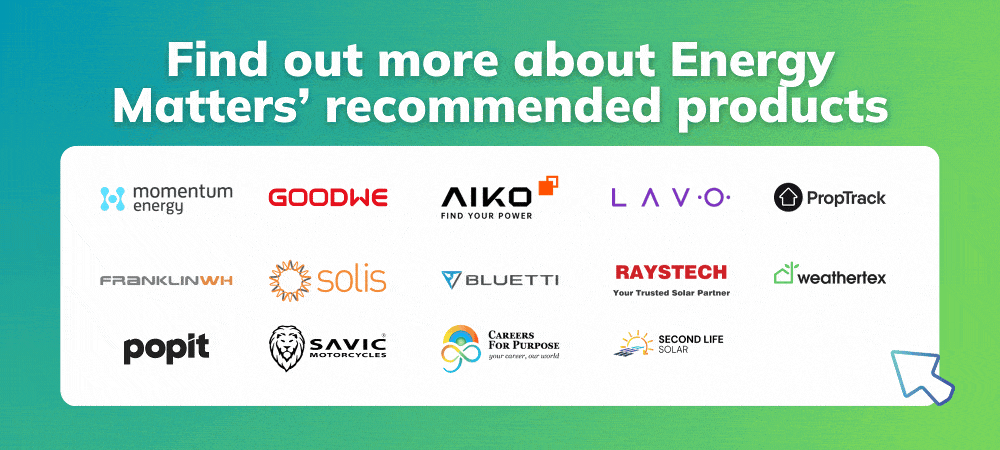Australia’s future hinges on fostering a generation deeply invested in environmental stewardship. Student sustainability projects offer a powerful avenue for cultivating this responsibility. By encouraging students to develop their eco-friendly student initiatives, we empower them to participate actively in creating a more sustainable future.
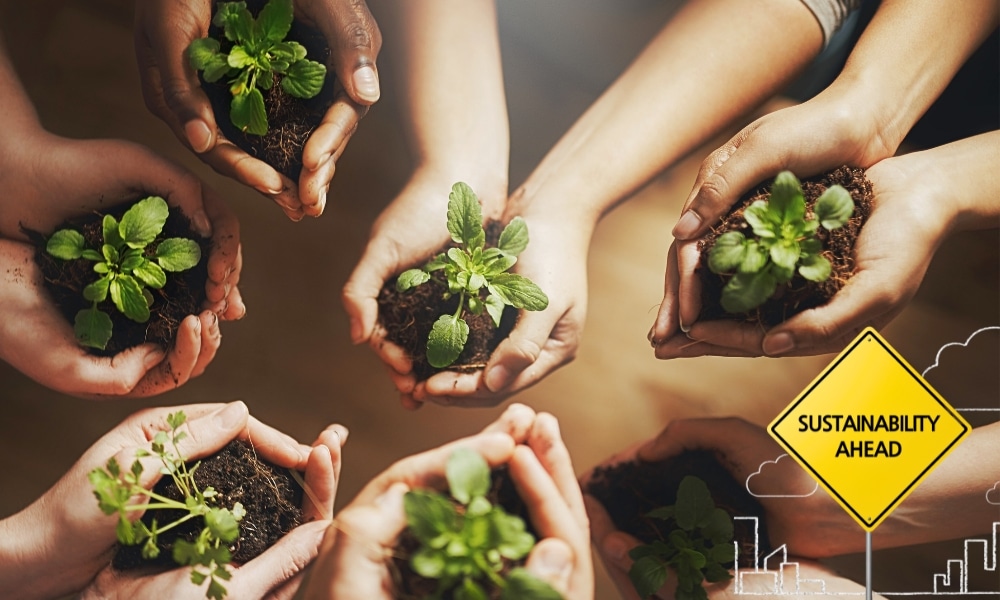
This educational page provides a comprehensive overview of how to inspire and support school green projects in Australian schools, equipping educators and students with the resources needed for success.
On this page
Why student sustainability projects matter
Student-led sustainability projects are more than just extracurricular activities—they’re catalysts for real-world environmental impact. These initiatives allow students to apply theoretical knowledge, develop leadership skills, and build eco-conscious mindsets from a young age.
In Australia, schools are uniquely positioned to embed sustainable thinking into everyday education. From school green projects like waste reduction campaigns to solar-powered science labs, young Australians are proving that change begins with small actions led by passionate individuals.
Key benefits of eco-friendly student initiatives
- Build lifelong environmental values and reduce eco-anxiety through empowerment.
- Encourage collaborative problem-solving, innovation, and critical thinking.
- Strengthen student engagement by connecting academics with meaningful outcomes.
- Promote community awareness and influence positive behavioural change in families and neighbourhoods.
Did you know Energy Matters is Australia’s largest renewable news, blog and educational resource? Subscribe to Energy Matters’ weekly newsletter and keep updated even with incentives, rebates and recommended solar product offers.
Popular types of student sustainability projects
To help students start their eco-journey, here are several impactful eco-friendly student initiatives that have already shown great success in Australian schools:
1. Waste reduction programs
- Composting organic waste from school canteens and gardens.
- Organising plastic-free weeks and recycling drives.
- Implementing waste audits to identify consumption patterns and reduce landfill output.
2. School green projects for biodiversity
- Building native gardens or butterfly habitats.
- Planting indigenous trees around the campus.
- Maintaining bee hotels and wildlife corridors.
3. Renewable energy student-led campaigns

- Proposing solar panel installations to the school board.
- Conducting energy audits of classrooms.
- Designing wind turbine models as Science, Technology, Engineering, and Mathematics (STEM) projects.
4. Water conservation efforts
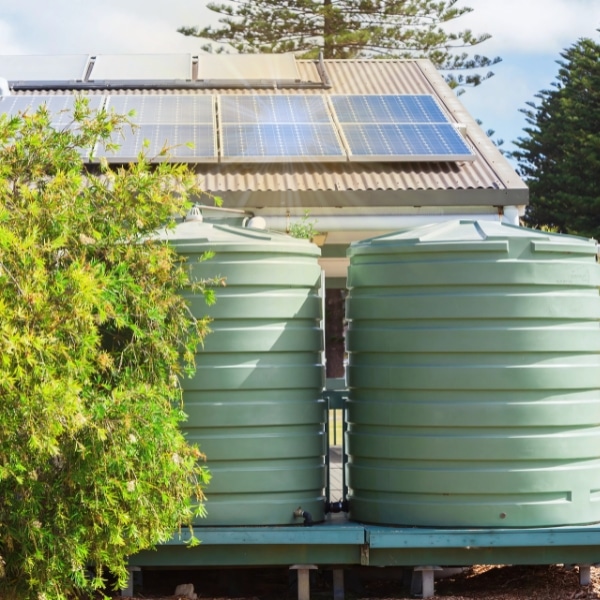
- Installing rainwater tanks for school gardens.
- Awareness campaigns on water-saving habits.
- Monitoring school water usage through apps or meters.
5. Climate action clubs
- Hosting climate literacy workshops and guest speaker sessions.
- Joining global movements like Fridays for Future.
- Writing to local Members of Parliament (MPs) about sustainability concerns.
How to launch student sustainability projects
Empowering students to lead requires a blend of guidance, trust, and access to resources. Here’s a practical step-by-step approach that schools can adopt:
Step 1: Identify key environmental challenges
Encourage students to observe and discuss the sustainability issues they see around them—overflowing bins, high energy use, or water wastage.
Step 2: Form a green team
Create a Student Sustainability Committee comprising students from different year levels. Assign roles like Project Coordinator, Data Analyst, and Communications Lead.
Step 3: Define project goals
Use the SMART framework (Specific, Measurable, Achievable, Relevant, Timely) to define what the student team wants to achieve.
Step 4: Research and plan
Gather data, consult with experts, and use platforms like Cool Australia or Energy Matters’ School Solar Hub for insights.
Step 5: Secure support
Engage with school leadership, Parents and Citizens (P&C) associations, and local councils. Funding and logistical backing can significantly increase success rates.
Step 6: Launch and promote
Use posters, assemblies, and social media to raise awareness and invite the broader school community to participate.
Step 7: Evaluate and improve
Track progress using metrics such as waste reduction percentages or energy savings. Celebrate milestones and refine strategies where needed.
Funding and resources for student sustainability projects
Lack of funding is a common barrier to eco-friendly student initiatives, but there are plenty of local and national support systems:
Government and NGO grants
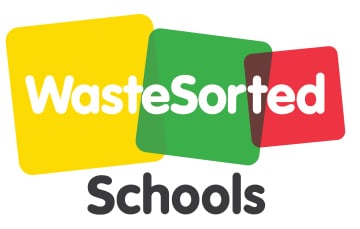
- NSW Environmental Trust Grants
- Victorian Junior Landcare and Biodiversity Grants
- ACT Sustainable Schools Grants
- WA Waste Wise Schools Program
Tools and platforms
- Green Schools Alliance – A global network offering project templates.
- The ClimateClever App – Helps schools track and reduce emissions.
- Eco-Schools Australia – Offers a globally recognised Green Flag award.
Community support ideas
- Partner with local businesses to sponsor bins, gardens, or signage.
- Engage with Aboriginal Elders for native planting and sustainability education.
Examples of successful school green projects in Australia
1. University of Sydney
In December 2016, Stucco, a student housing cooperative at the University of Sydney, became the first apartment building in Australia to install a rooftop solar photovoltaic (PV) system and battery storage.
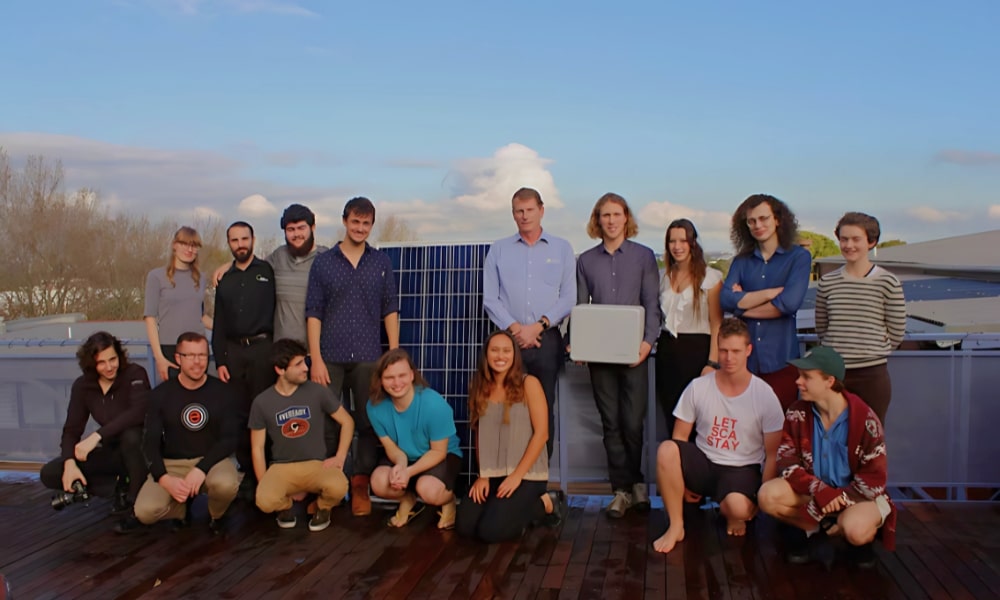
2. St Mary’s Primary School (South Australia) – Climate resilience project
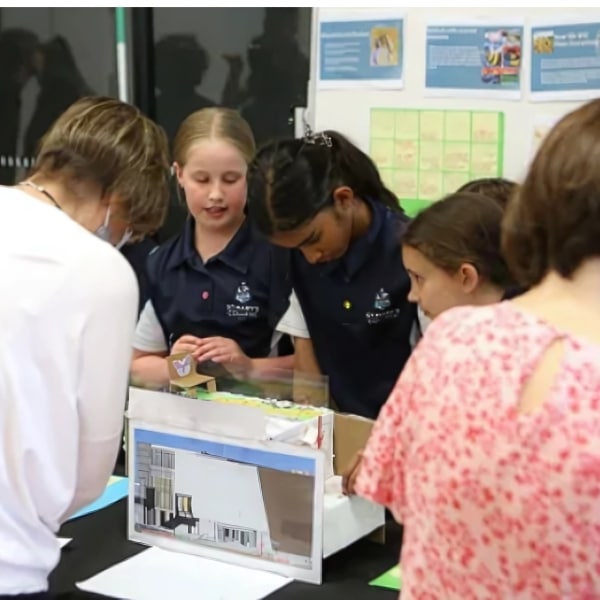
Students at St Mary’s in South Australia designed a green roof and misting system to cool their school environment and support local wildlife.
Utilising urban heat mapping tools, they identified heat-prone areas and proposed solutions incorporating solar-powered misters and native plantings to attract pollinators.
Source & Image: Green Adelaide – St Mary’s Primary School
Challenges faced and how to overcome them
Common barriers:
- Time constraints within curriculum schedules.
- Limited teacher training in sustainability.
- Lack of sustained funding and stakeholder interest.
Solutions:
- Integrate sustainability with existing curriculum outcomes (e.g., science, geography).
- Offer teacher Professional Development (PD) on climate education.
- Use micro-grants and parent-volunteer support to maintain continuity.
Remember, even small eco-friendly student initiatives can have a significant impact over time.
Making sustainability a core part of school culture
For student sustainability projects to succeed, the school must adopt a green mindset, from the canteen to the classroom.
Embedding sustainability in school operations:
- Use solar panels to power school buildings.
- Install LED lighting and smart energy systems.
- Offer electives focused on climate science and sustainable living.
- Involve students in decision-making processes regarding school environmental policies.
Encouraging student ownership of sustainability efforts leads to more accountability and deeper learning outcomes.
How parents and communities can support
Parents and local communities are critical to the long-term success of school green projects. Their engagement can expand the reach and influence of student-led work.
Ways to support:
- Join eco-working bees to help set up gardens or clean-ups.
- Donate materials like mulch, compost bins, or old tech for upcycling.
- Offer professional expertise in areas like solar energy, ecology, or permaculture.
- Celebrate achievements through school newsletters, media, or local awards.
Sources: fundsforNGOs – Educational Initiatives for Promoting Sustainable Practices in Schools: Key Components | Teach Starter – Sustainability Teaching Resources | Sustainability Victoria – 2024 ResourceSmart Schools Awards
Empowering future environmental leaders
With climate concerns growing, today’s students are tomorrow’s sustainability leaders. Empowering them through structured, well-supported, and visible student sustainability projects is not just beneficial—it’s essential.
Connecting schools with practical resources, local support, and national programs ensures that sustainability becomes a lifelong value, not just a classroom trend.
Australia has the framework, tools, and ambition to lead in sustainable education, beginning with the students.
The future of eco-friendly student initiatives
Fostering student sustainability projects and eco-friendly student initiatives within Australian schools is paramount for cultivating environmental responsibility and empowering the next generation of changemakers. By providing the necessary resources and support for these school green projects, we contribute to a more sustainable future and equip students with invaluable skills for life.
Energy Matters urges educators, students, and the wider community to embrace and champion these vital initiatives, fostering a brighter, greener tomorrow for all. Let’s empower our students to lead the way towards a sustainable Australia!
Energy Matters has been recognised for our continued excellence in the Australian solar industry. We provide our customers with high-quality resources, insight, and access to reputable solar quotes.
Our team of solar experts can help you get up to 3 FREE solar quotes from pre-qualified and vetted solar firms in your area.











